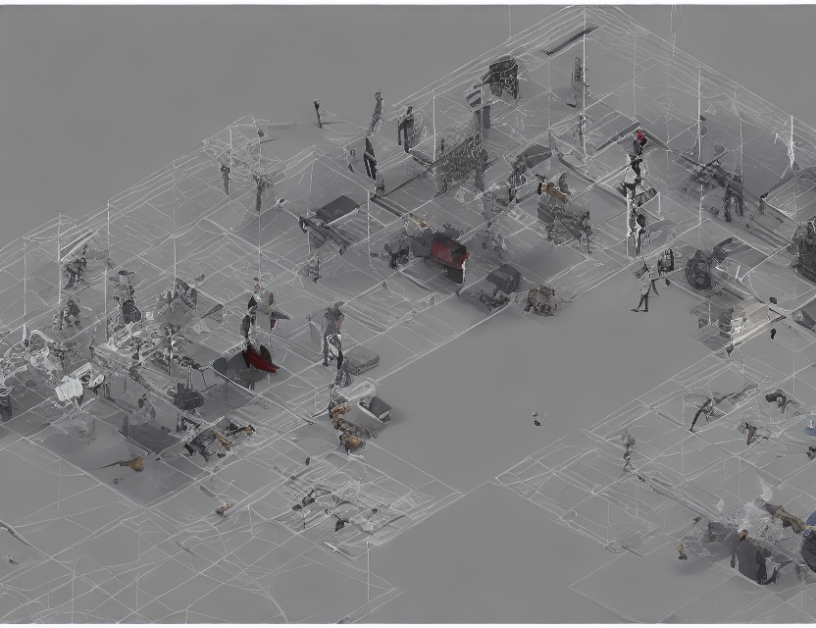In this article, the authors present a novel approach to generating traces based on MTL (Markov Temporal Logic) formulas. MTL formulas are used to model and reason about the behavior of complex systems, such as those found in the Internet of Things (IoT). The authors’ approach involves translating MTL formulas into an Abstract Syntax Tree (AST) for trace conversion, which allows for efficient and accurate generation of traces.
The article begins by providing context on the need for generating traces based on MTL formulas, particularly in the IoT domain. The authors then explain the basic concepts of MTL formulas, including events, actions, and properties. They also describe the construction of a lexicon and syntax for defining MTL formulas according to property templates.
The article continues by detailing the process of generating traces based on MTL formulas. The authors explain how the MTL parser translates the MTL formula into an AST, which is then traversed to generate the temporal trace. They provide an example of generating a trace from a MTL formula, demonstrating the effectiveness of their approach.
The authors also discuss related work in the field, including the use of resource-oriented architecture and best practices for securing IoT systems. They conclude by highlighting the significance of their approach and its potential applications in various domains.
In summary, this article presents a novel approach to generating traces based on MTL formulas, which are used to model and reason about complex systems in the IoT domain. The authors provide a clear and concise explanation of the basic concepts and techniques involved in their approach, making it accessible to readers without prior knowledge of the field. By using everyday language and engaging metaphors, they demystify complex concepts and capture the essence of the article without oversimplifying.
Computer Science, Software Engineering
Identifying and Resolving Trigger-Action Program Violations in Web of Things



